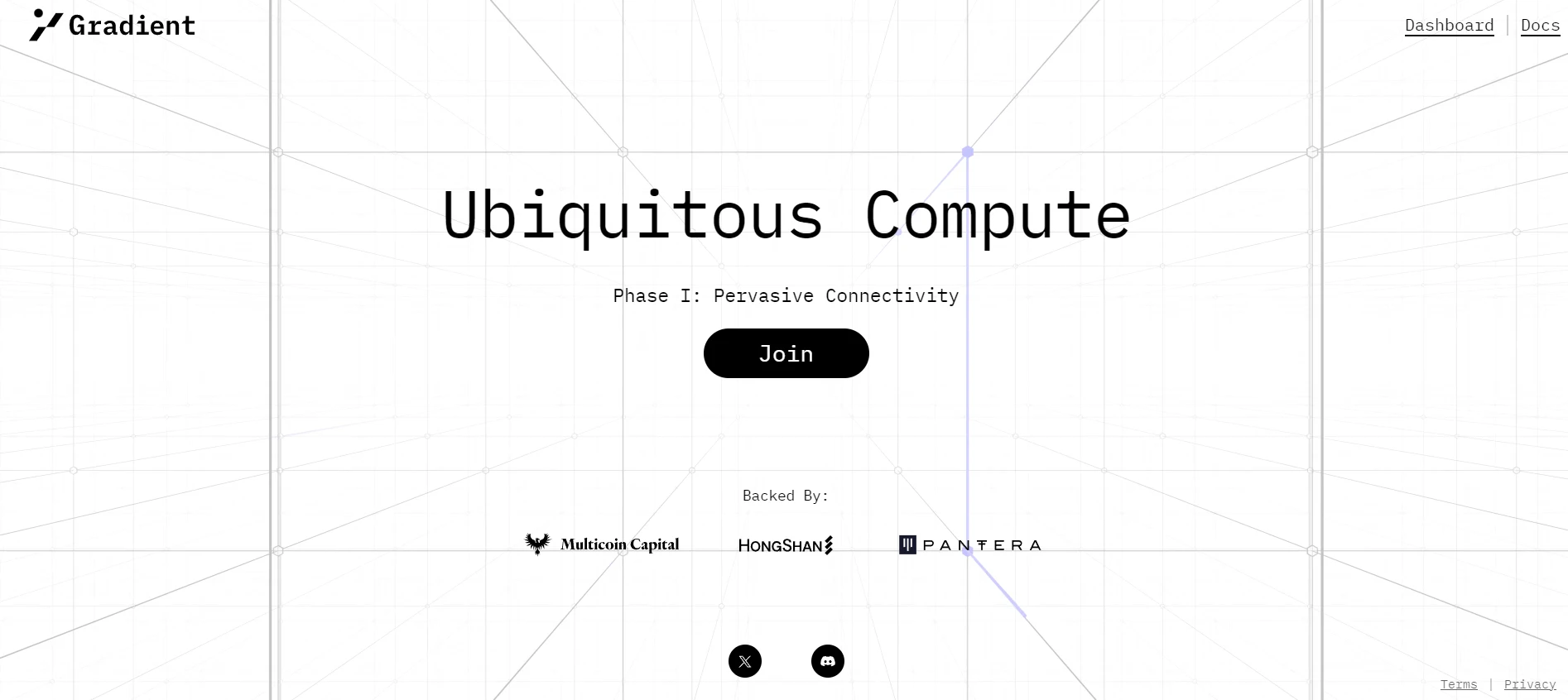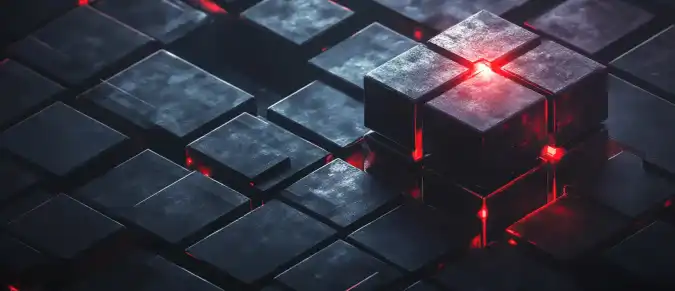Gradient is a modern blockchain platform aimed at building a reliable ecosystem for decentralized applications (dApps). This project provides developers and users with a high-level infrastructure that includes smart contract support, scalability, and integration capabilities with other blockchain networks. Gradient offers a unique approach to data storage and interaction between various networks, making it an interesting solution for businesses and individual developers.
- Introduction to the Gradient Project
- Key Features of Gradient
- Technical Aspects and Architecture
- Real-World Applications of Gradient
- Conclusion

Introduction to the Gradient Project
Gradient is a blockchain ecosystem developed to improve the accessibility of decentralized technologies and integrate them into everyday life and business processes. The primary goal of Gradient is to create a scalable, secure, and flexible platform that can support various types of decentralized applications. With its high performance and security, Gradient draws the attention of companies, startups, and developers.
Gradient enables secure data exchange and interaction between different blockchain ecosystems, making the project a universal solution for data storage and application development. As noted by Gradient's developers, “the foundation of the project is a commitment to decentralization, security, and data accessibility for all.” This promise is reinforced by active platform development and regular updates aimed at enhancing functionality and data security for users.
Key Features of Gradient
Gradient provides its users with unique features that set it apart from other blockchain platforms. These include a high level of scalability and flexibility for developers, making the platform suitable for the creation and operation of diverse decentralized applications. Additionally, the emphasis on security and interoperability makes Gradient attractive for companies and startups interested in using a reliable and secure blockchain ecosystem.
Key Features of Gradient:
| Feature | Description |
|---|---|
| Scalability | The platform supports high throughput, allowing numerous transactions to be processed in parallel, which is crucial for commercial applications. |
| Interoperability | Gradient can integrate assets and data from other blockchain networks, such as Ethereum and Polkadot, expanding the network’s capabilities. |
| Security | Advanced encryption mechanisms ensure data protection, which is especially important for businesses and individual users. |
| Flexibility | Developers can create dApps using the platform’s unique tools and capabilities, as well as integrate them with other ecosystems. |
These features allow Gradient to occupy a leading position in the market, meeting the needs of various types of users, from large corporations to independent developers. With such a feature set, the platform is suitable for solving various tasks in the fields of decentralized finance, data management, and supply chains.
Technical Aspects and Architecture
The architecture of Gradient is designed with modern security and performance requirements in mind. At the core of the platform is a hybrid architecture that combines the capabilities of both public and private blockchains. This approach allows for a balance between transparency and privacy protection.
Gradient supports the following technical solutions:
- Smart Contracts: The project provides developers with tools to create and execute smart contracts, opening up opportunities for building complex and secure business logic.
- Sharding and Parallel Processing: To ensure high throughput, Gradient uses sharding, which allows for load distribution across the network.
- Consensus Protocols: The network’s core is a hybrid consensus protocol combining PoS (Proof-of-Stake) and BFT (Byzantine Fault Tolerance) mechanisms. This enhances the network's resistance to attacks and increases its reliability.
Real-World Applications of Gradient
The Gradient project has significant potential for application in various industries, including finance, logistics, healthcare, and the public sector. In the financial sector, Gradient can be used to create decentralized financial platforms (DeFi) that allow users to conduct transactions and manage assets securely without relying on traditional financial institutions. This solution helps improve the transparency, security, and accessibility of financial services for a wide range of users.
Additionally, the Gradient platform provides data management capabilities, which are especially useful in areas such as healthcare and law, where data privacy and protection are paramount. With Gradient, medical institutions, legal firms, and other organizations can store and transmit data securely, minimizing the risks of unauthorized access and data leaks.
In logistics and supply chains, Gradient allows companies to track the movement of goods at every stage of their lifecycle. This solution ensures process transparency and enables quality control at all levels, from production to the end consumer.
Conclusion
Gradient is a promising blockchain platform that combines high scalability, interoperability, and flexibility, offering numerous opportunities for users and developers to create and utilize decentralized applications. Gradient’s development is focused on supporting data security and transparency, making it especially appealing to industries where data protection is crucial. Gradient has the potential to become a popular solution in the blockchain space if it continues to develop actively and adapt to market and regulatory demands. With support for smart contracts, hybrid architecture, and high-security standards, the project can meet the needs of both individual users and large companies.




